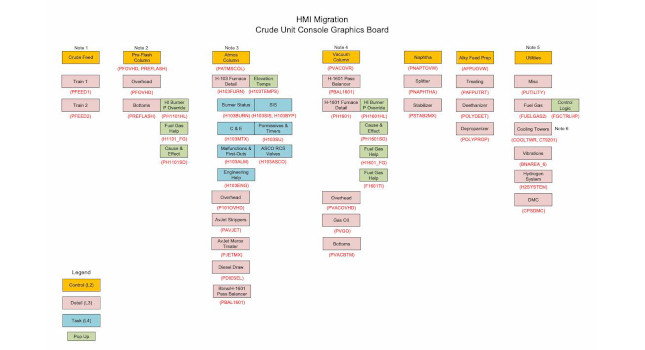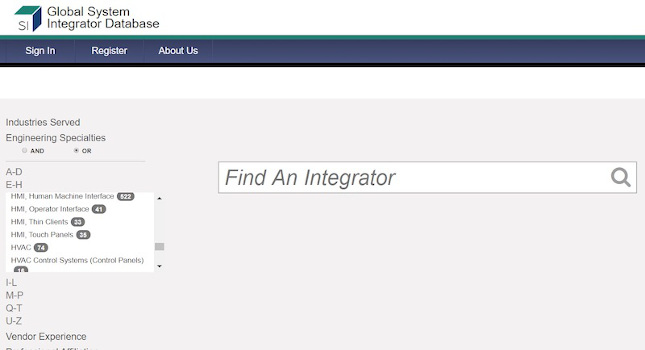Supply chain management processes gain in complexity as new economic and social issues that affect the markets take priority. Oil prices, total landed costs—even green environmental concerns—are top of mind for executives now.
“Manufacturers, distributors, and retailers traditionally turn to offshore suppliers based largely on inventory costs,” says Ronan O. Donovan, ILOG product manager for the LogicTools line. “But the rise in oil prices is making them consider greater transportation efficiency, looking at the total landed costs from raw material to finished goods. This raises the whole issue of offshoring versus near-shoring, and how to evaluate the tradeoffs of bringing production back from Asia to Mexico.”
ILOG recently released major enhancements to its LogicTools suite—in particular, ILOG Product Flow Optimizer 7.0—with greater sophistication in evaluating multiple, potential supply chain flow paths for each SKU; and the ability to assess different transport modalities along each path.
The net result of such enhancements is a more comprehensive view of the tradeoffs between logistics and inventory sourcing within networks.
Additionally, ILOG Inventory Analyst 7.0 offers an improved user interface for greater ease of integration with existing inventory data and Web-based optimization; user configurable dashboards for tracking historic and forecasted supply and demand, and current stock; optimized inventory and projected inventory levels; and robust optimization for evaluating tradeoffs between service, shelf life, and costs.
“No single strategy can be effective with every SKU,” says Donovan. “Companies face huge pressures to reduce costs—often by as much as 20 percent. It’s difficult to achieve this by incremental means. You need a more comprehensive initiative across the supply chain.”
Tools that handle this level of complexity are essential to profitable supply chain configuration and management.
“The ability to take macroeconomic conditions and run them through a model to see whether you should be sourcing from China or somewhere closer is a real asset,” says C.J. Wehlage, a director for high-tech with Boston-based AMR Research . “LogicTools is a very good for doing this.”
Many supply chain strategy initiatives also are evolving in deeper shades of “green” due to greater regulatory oversight. To that end, the size of carbon footprints and effective means of reducing them is a central feature set of ILOG LogicNet Plus’ new Carbon Footprint module ( see graphic ).
The module considers resource data concerning carbon emissions associated with various configurations of supply chain networks, looking at plant, warehouse, and transportation options. The tool supports evaluation of tradeoffs in service and costs for achieving various targeted emissions levels. Assessments reflect not only current and future tax liabilities and costs, but can also aid in quantifying reduced carbon dioxide levels that may entitle enterprises to trade earned carbon credits under cap-and-trade policies.



